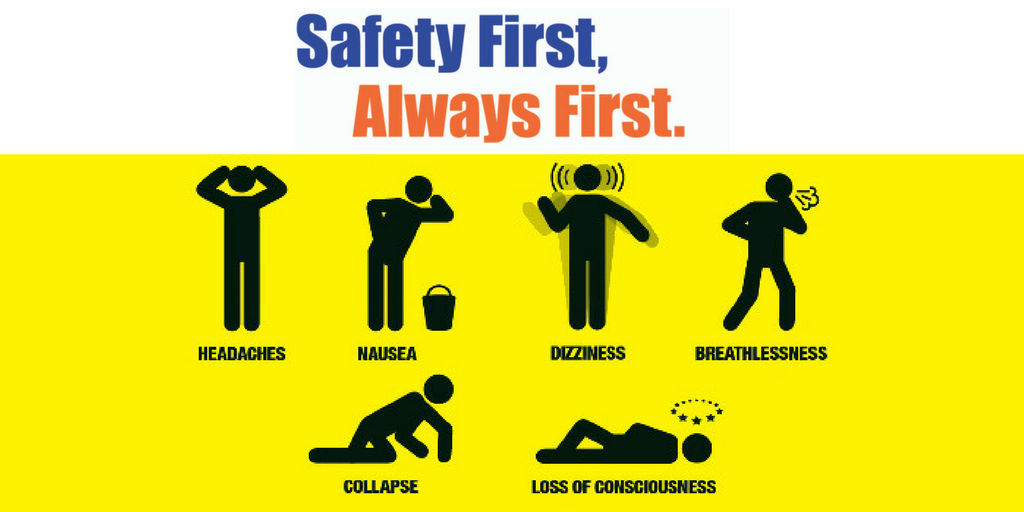“Safety First, Always First.”
With winter’s colder temperatures and heating systems running around the clock, it is important to be aware of the heightened risk and symptoms of carbon monoxide poisoning.
Carbon monoxide (CO) is an odorless, colorless and toxic gas that is produced when incomplete combustion of carbon-containing materials (i.e., natural gas) occurs. Because it’s odorless and colorless, CO often goes undetected. With many facilities and homes utilizing natural gas furnaces and water heaters, winter weather puts everyone at an increased risk of CO poisoning.
“Risks for CO poisoning are higher than many realize, especially because the causes are often overlooked in our day-to-day lives,” says Jamie Absher, Safety Specialist at TP Mechanical. “It could be something as simple as a faulty gas line or an improperly vented furnace – which are preventable with proper maintenance.”
According to the Public Utilities Commission of Ohio (PUCO), here are some ways to reduce the risk of carbon monoxide poisoning:
- Install a carbon monoxide detector. These devices work similarly to a smoke detector, only they measure the amount of carbon monoxide in the air.
- Have appliances that use natural gas inspected by a qualified repair person once a year.
- Inspect the vents, flues and chimneys of all gas water heaters, furnaces and fireplaces to ensure proper ventilation of exhaust.
- Never use an oven to heat rooms. This can damage the oven and cause carbon monoxide to be released into the building.
- Never heat a room with a gas or kerosene space heater that does not have proper venting.
Why is monitoring CO levels and preventing CO poisoning so critical? Because the effects can be permanent or fatal, as CO exposure hampers our blood’s ability to carry oxygen to body tissues and vital organs. According to the Centers for Disease Control and Prevention (CDC), hypoxia (severe oxygen deficiency) due to acute CO poisoning may result in long-term or irreversible brain or heart damage.
Some common symptoms of CO exposure include:
- Headache
- Nausea
- Rapid breathing
- Weakness
- Exhaustion
- Dizziness
- Confusion
“If your CO alarm goes off or you experience any CO exposure symptoms, do not hesitate to act,” says Jamie. “Immediately move to fresh air and contact the local emergency services or call 911.”
To learn more about our commitment to workplace health and safety, visit http://www.tpmechanical.com/about-tp/safety/.





